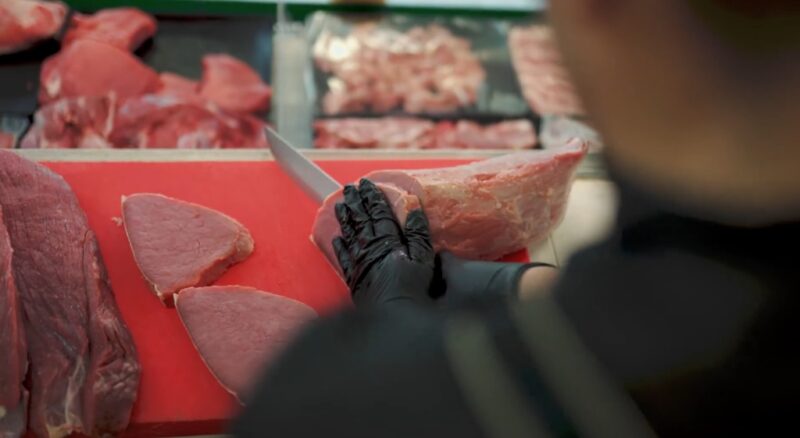Keep yourself informed
As Featured In






2023 © smokinjoesribranch.com
Email: [email protected]
© Smokinjoesribranch.com is a participant in the Amazon Services LLC Associates Program, an affiliate advertising program designed to provide a means for sites to earn advertising fees by advertising and linking to Amazon.com, Amazon.co.uk & Amazon.ca. Amazon, the Amazon logo, AmazonSupply, and the AmazonSupply logo are trademarks of Amazon.com, Inc. or its affiliates.









